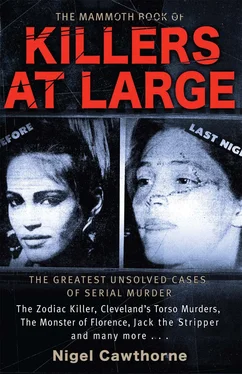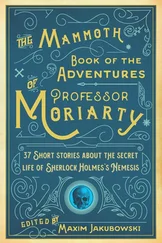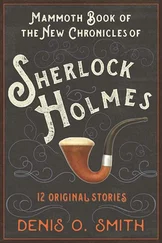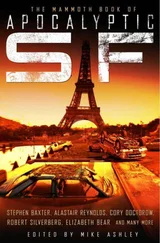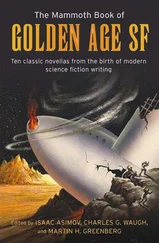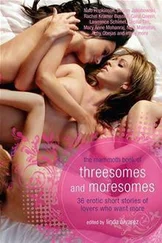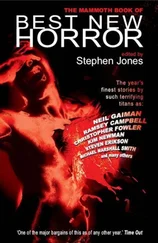A year and a half later, 32-year-old Jemima McDonald fancied a Saturday night out. On the evening of 16 August 1969, she dropped off her three kids with her sister Margaret for the night. Then Jemima headed for the Barrowland. High bouffant hairstyles were still in fashion in Glasgow in 1969, so she travelled across town with a scarf over her hair. Then, when she arrived at the ballroom, she headed straight for the ladies, where she took out her rollers and finished off her makeup.
On the dance floor Jemima attracted attention. Other dancers noticed that she spent much of the evening dancing with a tall man in his late twenties or early thirties. He wore a blue suit. His red hair was cut short and his appearance was neat. Early the next morning, she was seen leaving the ballroom with him.
The next morning, when Jemima did not come to pick up her kids as expected, Margaret grew worried. Later she overheard street children talking about something grisly they had discovered in a derelict building nearby. Fearing the worst, Margaret got the kids to direct her to the building. There she found her sister’s dead body.
Jemima was fully clothed, but there were similarities to the Patricia Docker case. Both women had been strangled with their own pantyhose. Both had been found near their home. Jemima’s handbag was missing. Later the police found another similarity between the two cases. Both had been having their period when they were killed.
A search of the area rendered no new clues and an attempt to question those who had been at the Barrowland that night also proved fruitless. Many of them were married and were out with people who were not their spouse, so were less than forthcoming. An appeal from the stage also drew a blank. A policewoman dressed in Jemima’s clothes retraced her final steps. But eventually the police released a sketch of the tall man Jemina had been seen leaving the Barrowland with. Jemima’s family offered a reward of £100, a first in the history of Scottish murder investigations. But this, too, proved futile.
Despite all the publicity the murders were getting, it did not put people off going to the Barrowland. Twenty-nine-year-old Helen Puttock was hell bent on going there on the night of 30 October 1969. Her husband, who was going to stay at home with their two young boys, begged his wife to be careful. But Helen was not worried. She would not be alone. She was going with her sister Jean and said she was sure they would be safe together.
Helen spent most of her evening dancing with a tall young man with red hair. When they left the Barrowland, the three of them took a cab home together. During the journey, the man said that his name was John, he played golf badly, but a cousin had recently hit a hole-in-one. Jean also remembered he mentioned that he had a sister. He said they had been raised in a strict religious household and he was still able to quote long passages of the Bible—hence his pseudonym.
According to one account, John seemed upset by Jean’s presence. He wanted be alone with Helen. He also condemned the evil women who went to dancehalls like the Barrowland. Ignoring Jean for much of the ride, he did not even say goodbye when they dropped her off.
The next morning Helen’s fully clothed body was found in the street by a man walking his dog. Again she had been strangled with her own nylons and her handbag was missing. She, too, was menstruating when she was murdered. As if to draw attention to the fact, the killer had removed her sanitary towel and tucked it under her armpit. And this time he had left two clues that might help identify him—a semen stain on her dress and a bite mark on her wrist.
Thanks to Jean, the police now had an accurate description. The suspect was around six feet tall, of medium build. He had blue-grey eyes and light reddish hair, which he kept cut short. His watch had a military-style band and the teeth marks on the body confirmed that two teeth in the upper-right part of his mouth overlapped.
A new artist’s impression of the suspect was circulated—this one in colour. It culled over 4,000 calls from people who thought they had seen or knew the man in the picture. Jean was called to the police station over 250 times to see suspects, but none of them turned out to be the man she and her sister had shared a taxi with. Men who bore a resemblance to the killer and had been eliminated from the enquiry were issued cards by the police, showing they had been questioned and cleared. One of them was used in a reconstruction of Helen’s last evening, with a policewoman playing Helen, that was aired on the BBC. Helen’s husband made an appeal to his wife’s killer to turn himself in and offered his life savings as a reward for information leading to his arrest.
Over 50,000 statements were taken and over 100 policemen worked on the case, with younger officers in plain clothes mingling with the dancers in the Barrowland. Taxi drivers and bus crews received particular attention. One man said he had seen a young male with scratches on his face on the bus on 31 October. He had got off at a stop on Gray Street. Police combed the area, but found nothing.
The suspect’s military wristwatch band and his short hair lead the police to believe that he might be a member of the armed forces—or even a policeman. Dentists were questioned about patients with overlapping teeth and golf clubs were asked about anyone who had recently scored a hole-in-one. A Dutch psychic called in by a local newspaper drew a map, but a search of the area drew a blank.
Although psychological profiling had yet to be developed, in the mid-1970s, a Glasgow psychiatrist concluded that, although Bible John was sociable, he was prudish. He would read widely on subjects ranging from sorcery to the Nazis, and went to the cinema by himself. This did not help.
Although only three murders have been officially ascribed to Bible John, he may have committed others. In 1977 another young woman who spent her last night in a Glasgow dancehall was found strangled and without her handbag. This sparked a renewed round of interest in Bible John.
In 1983, a wealthy Glasgow man hired a private detective to find a childhood friend who he thought resembled Bible John. The man was found living in the Netherlands, but was cleared.
Another man who had been cleared was identified only as John M. He had been a suspect in the investigation in the 1960s. He bore a close resemblance to the sketch that was circulated, but Jean had failed to identify him. Nevertheless, he continued to be a prime suspect until, in 1981, he committed suicide.
In the 1960s, DNA fingerprinting was as yet undreamt of. But in 1996, DNA from the semen left on Helen Puttock’s clothes was compared to a sample taken from one of John M.’s siblings. The match was inconclusive. Nevertheless the police requested the exhumation of John M.’s body from a graveyard in Stonehouse, Lanarkshire.
The resulting publicity led to the harassment of John M.’s family. But when the test were completed it was found that the DNA did not match. Nor did his teeth match the bite-mark on her wrist. Jean said that she always knew that John M. was not the killer and she had repeatedly told Strathclyde Police they had the wrong man. John M. was reburied and his family finally left to grieve in peace.
But the investigation was still not over. In October 2000, Professor Ian Stephen, a leading criminal psychologist who is said to have inspired TV’s Cracker , passed the name of a new suspect on to the Lothian and Borders Police, asking them to forward it to Strathclyde. He said he obtained the new lead from an expatriate Scot living in the US who suspected a member of his extended family was Bible John. The suspect was the son of a policeman. He was married in the Glasgow area and lived in Lanarkshire with his wife and two children until he moved to England in 1970.
Читать дальше
